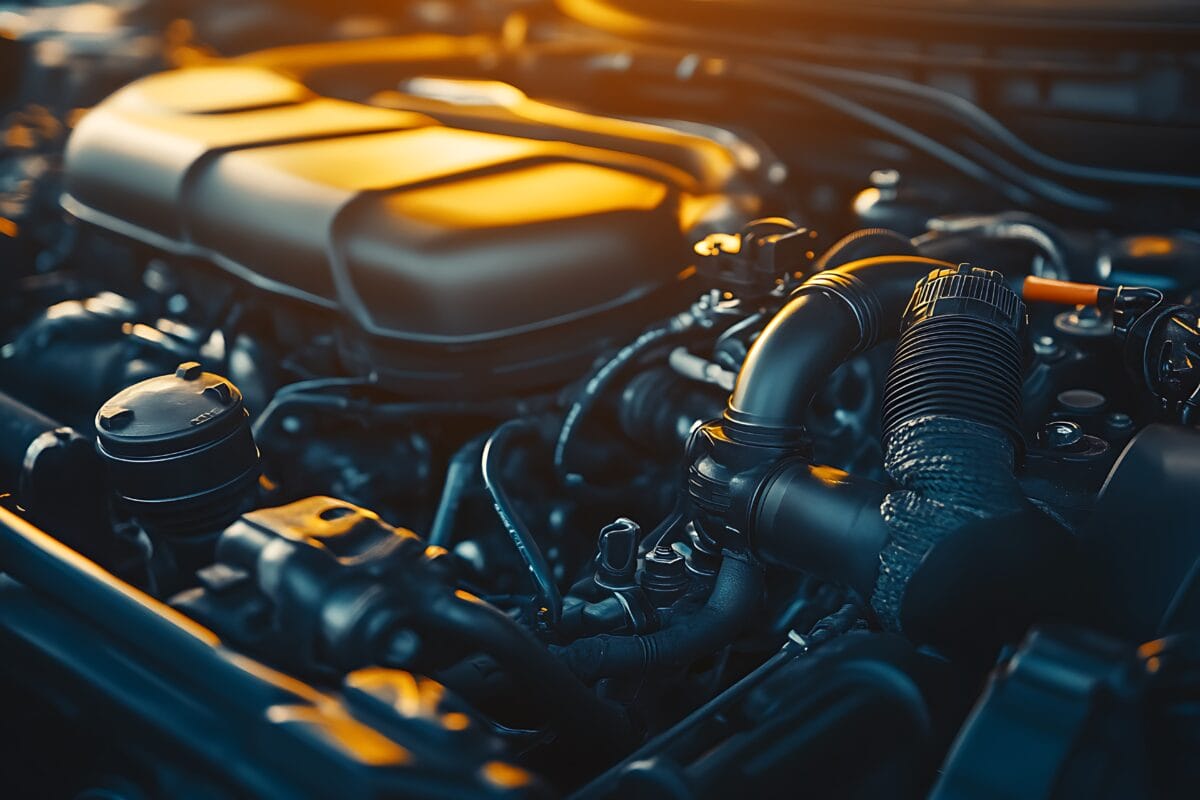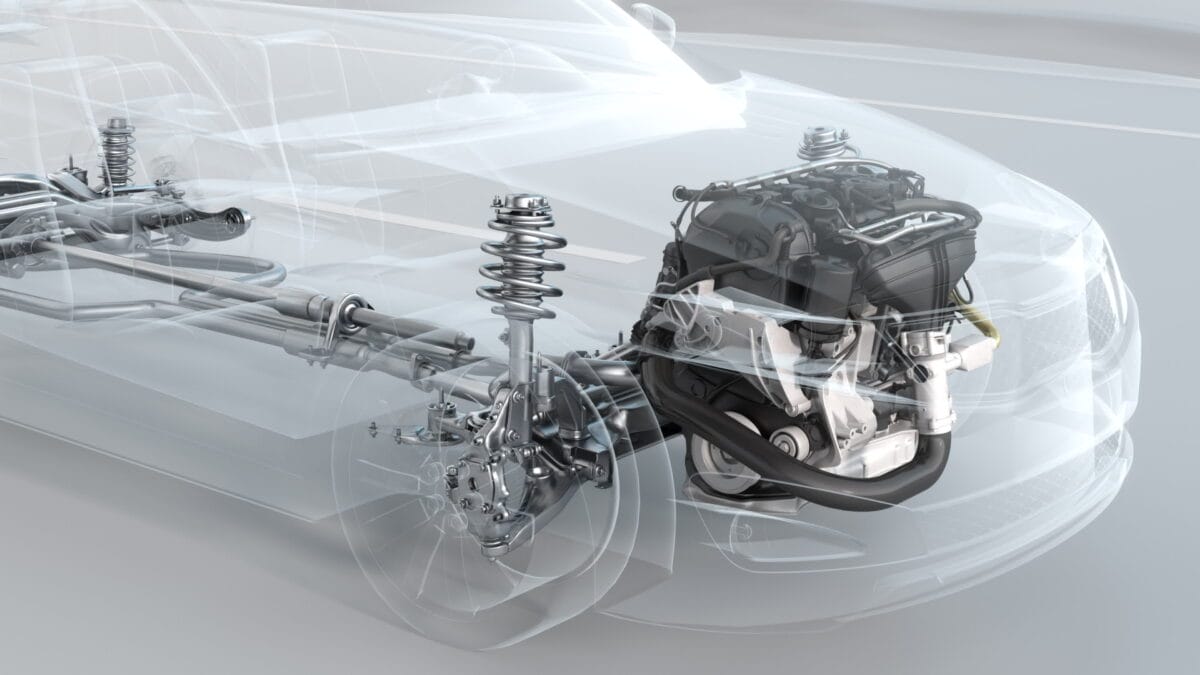Will A Engine Flush Damage The Engine? Understanding Its Effects

What is Engine Flushing?
Definition and Purpose
Engine flushing is a maintenance procedure designed to clean the internal components of an engine by removing accumulated sludge, deposits, and contaminants. The primary purpose of an engine flush is to restore engine cleanliness, which is essential for optimal performance. During the flushing process, specialized products, often containing detergents and solvents, are introduced into the engine oil system. These products work to dissolve and suspend harmful substances, allowing them to be expelled during the subsequent oil change. Clean engine components contribute to better lubrication, reduced friction, and overall improved engine efficiency. But will a engine flush damage the engine?
How Engine Flushing Works
The engine flushing procedure typically involves several steps. First, the engine is run to warm up the oil, which helps to loosen any built-up sludge. Next, a flushing agent is added to the engine oil. This agent contains powerful detergents that help break down deposits and contaminants. After allowing the engine to run for a specified period, the old oil, along with the dissolved debris, is drained from the engine. Finally, fresh engine oil is added, often accompanied by a new oil filter.
Detergents and solvents play a crucial role in the flushing process, as they effectively clean the engine without causing damage. Engine flushing differs from traditional oil changes, which primarily involve draining old oil and replacing it with new oil. While oil changes are essential for maintaining engine health, flushing can provide a deeper level of cleanliness, especially in engines that have not been well-maintained.
Benefits of Engine Flushing
Improved Engine Performance
One of the most significant benefits of engine flushing is the enhancement of engine performance. By removing harmful sludge and deposits, flushing can lead to improved engine efficiency and increased power output. Clean engine components allow for better fuel flow and combustion, which can positively impact fuel economy. Many car owners and mechanics report noticeable performance improvements after a flush, making it a popular topic in car repair forums.
Prevention of Engine Damage
Regular engine flushing can also help prevent engine damage by eliminating harmful sludge that can lead to blockages and wear. Over time, bad engine oil can create deposits that hinder the performance of engine parts. By flushing the engine, these harmful substances are removed, potentially prolonging the engine’s lifespan. Case studies have shown that engines that undergo regular flushing tend to have fewer issues related to sludge buildup, leading to lower repair costs in the long run.
Risks and Potential Damage from Engine Flushing
When Engine Flushing Can Be Harmful
Despite its benefits, engine flushing is not without risks. In certain situations, flushing may cause more harm than good. For instance, if an engine has significant sludge buildup, the flushing process can dislodge debris that may block oil passages, leading to oil starvation and potential engine damage. This risk is particularly pronounced in older engines or those with high mileage, where the integrity of the internal components may be compromised.
Signs Your Engine Might Not Need a Flush
Not every engine requires a flush. Indicators that an engine is in good condition include regular oil changes, low sludge buildup, and overall smooth operation. Regular maintenance and timely oil changes can often suffice to keep the engine clean. Experts recommend assessing engine health through routine inspections and oil analysis to determine whether a flush is necessary.

Making an Informed Decision About Engine Flushing
Consulting with a Professional Mechanic
Before proceeding with an engine flush, it is crucial to consult with a professional mechanic. They can provide valuable insights into your engine’s condition and whether flushing is appropriate. Questions to ask your mechanic include the potential risks, the type of flushing product they recommend, and the cost versus benefits of the service. A knowledgeable mechanic can help you make an informed decision that aligns with your vehicle’s needs.
Alternatives to Engine Flushing
If engine flushing is deemed unnecessary or risky, there are alternative maintenance practices that can promote engine health. Regular oil changes using high-quality engine oil, such as AMSOIL synthetic motor oil, are essential for maintaining engine cleanliness. Additionally, engine inspections can help identify potential issues before they escalate. Natural methods, such as using animal fatty acid-based products, can also contribute to engine cleanliness without the need for a flush.
Weighing the Pros and Cons
In summary, engine flushing offers several benefits, including improved performance and prevention of engine damage. However, it also carries risks, particularly for older or high-mileage engines. Car owners should weigh the pros and cons carefully and consider their vehicle’s condition before deciding on an engine flush. Staying proactive about engine maintenance, including regular oil changes and inspections, is key to ensuring the longevity and health of your engine.
With a scheduled service appointment at Consumer Tire, our team of ASE-certified technicians, along with state-of-the-art technology, can take care of all your vehicle’s maintenance needs. This includes new tires, tire balancing, tire rotation, and wheel alignment along with our other services. With nine work-bays, a professional team of technicians, and a reputation for dedication to doing quality work since 1962, you can rely on us to do the job right.

 Find a Location Near You
Find a Location Near You